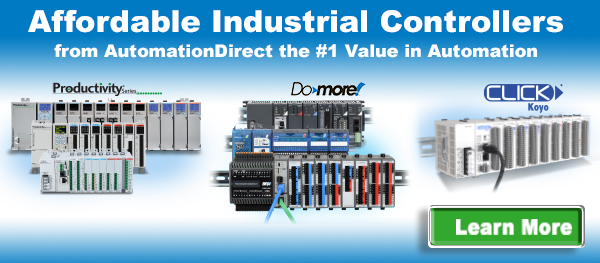With all the talk lately about Big Data and the IIoT, we got to thinking about how much of an impact these trends would have on our industry. Since the primary goal of these two trends is to improve bottom lines/profit margins through data collection, data analysis and remote access, we were curious as to how many of you were already “data-driven” and ahead of the curve. We, AutomationDirect in cooperation with CFE Media and Putman Media, surveyed a sample of both publishers’ readership to get answers to our data centric questions.
- What we were looking for? The goal of this survey was to learn where professionals in the automation industry are in regards to implementing data collection and analysis in their facility, machine, etc. We were hoping that the results would indicate how big of an effect the IIoT trend could have on our industry as a whole.
- Who responded? 445 readers responded to our survey with only 29 saying they were not involved with data collection at all. The rest gave us pretty good insight into how and what data is being collected, how it is accessed, how it is analyzed, and what benefits they achieved.
Survey Says!
We asked a total of six questions of our audience and while some of the answers might be what you’d expect, there were a few surprises along the way.
1. How important is data collection and analysis to your operation?
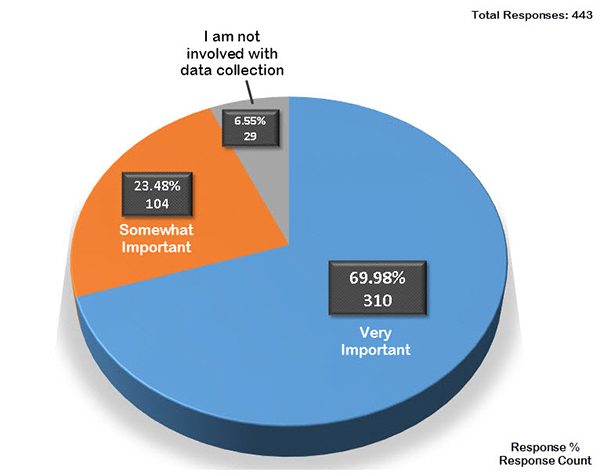
This question was used to gauge the importance of data to our respondents and it was also a way to ensure the remaining questions were answered by the correct individuals. The results show that data collection and analysis is currently playing an important role in our industry. Over 93% of participants (414 responses) in our survey indicate that data is important, to some extent, for their operation.
2. If you currently employ some level of data collection, which devices do you use for data logging? (select all that apply)
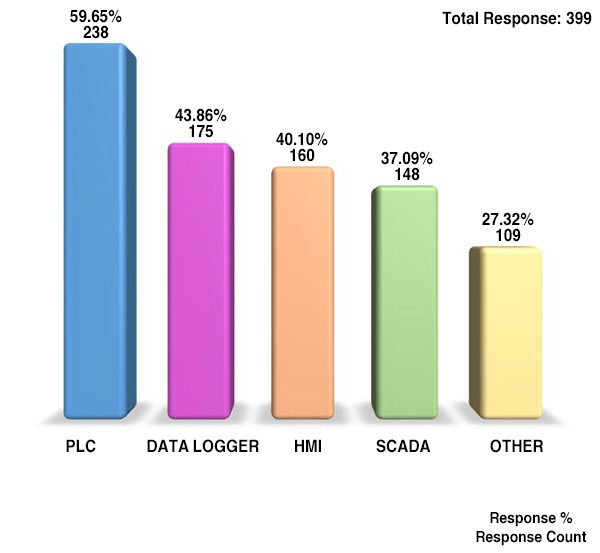
We can see from this question that PLCs are used extensively for data logging and many modern day PLCs offer large data logging capacities (32GB with the Productivity2000 and Do-more! BRX PLCs, for example). Data loggers, HMIs and SCADA systems round out the top four. We also allowed the respondents to include any other data logging options they use. DCS systems, PCs, data historians, and plain ole paper made the list. The following word cloud includes the “Other” options that were submitted.
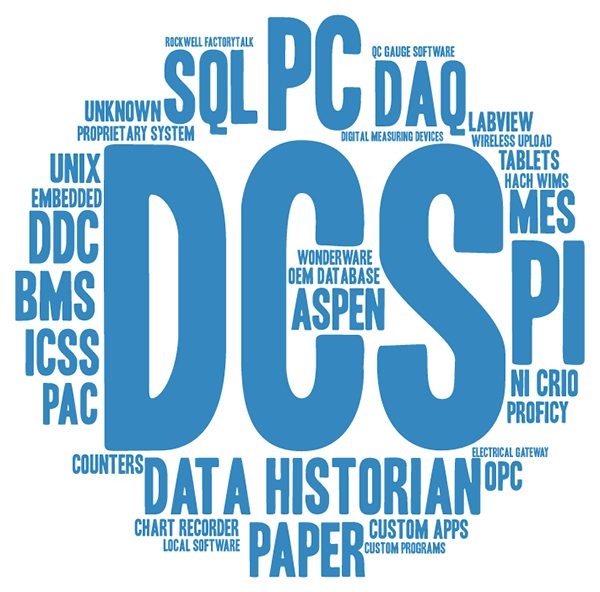
To learn more about the role of PLCs and HMIs in the IIoT, click this link.
3. What types of data are you collecting? (select all that apply)
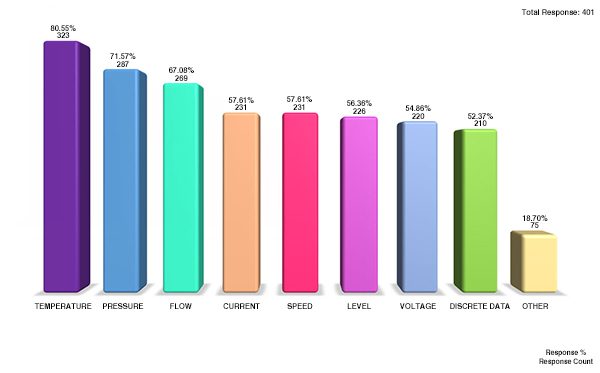
No big surprises here. Temperature is often regarded as the most measured parameter in industrial automation and the results from this question show that. Pressure and flow grabbed second and third positions with current and speed tied for fourth. Level, voltage and discrete data (product counts, number of rejects, etc.) finish out the list. Once again, we allowed participants to submit any other data parameters that they collect. Humidity, pH, density, vibration and many others were submitted. Check out the word cloud for all of the “Other” data variables that were received.
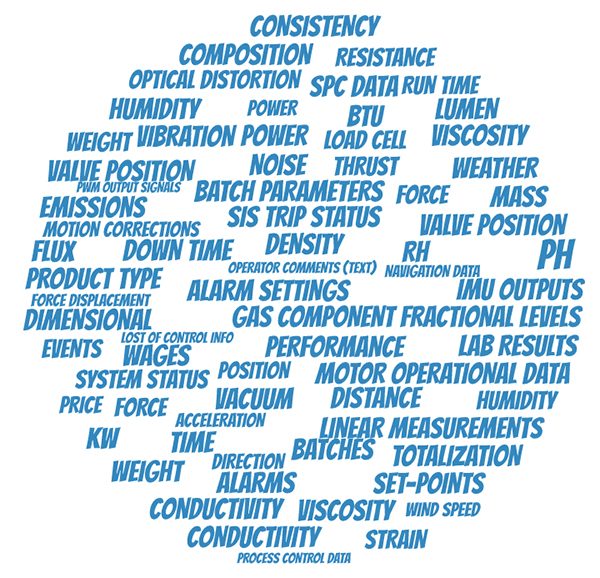
If you would like more information on temperature sensing and monitoring, click this link.
4. How is this data analyzed/manipulated?
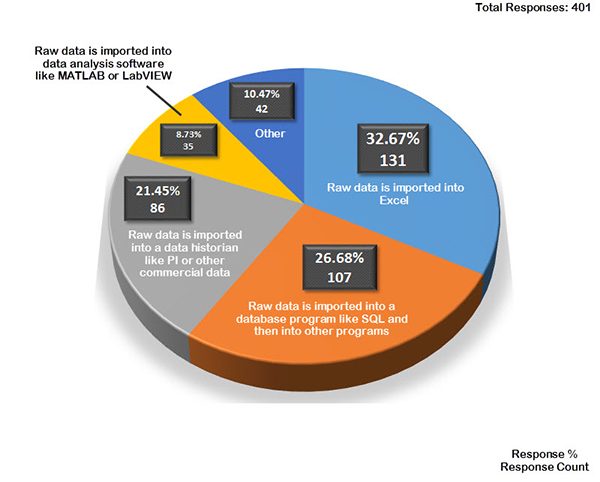
The mighty macro! This question focused on what software applications were being used to analyze the data that was collected. As you can see, the majority (32.67%) of respondents are using Excel spreadsheets to decipher the data. Database programs and data historians like PI also rated highly with computing software like MATLAB coming in last. Other options were submitted but mostly contained combinations of the choices already listed.
5. What main benefit or area of improvement are you using the data for? (select all that apply)
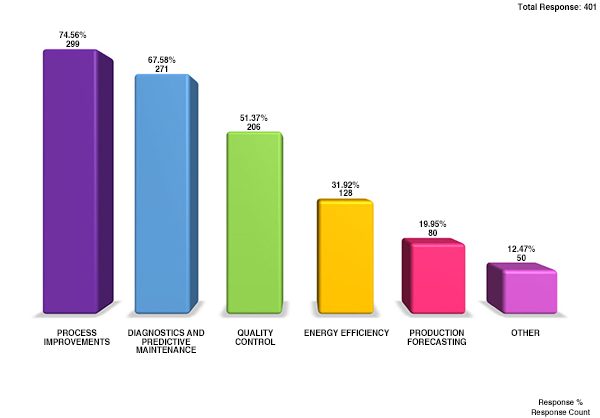
Results matter. Before any data collection and analysis can take place, there has to be a goal or purpose behind it. We questioned readers to determine what results they hoped to achieve or did achieve with their data. Participants were allowed to select more than one option and, not surprisingly, the top two answers were process improvements and diagnostics/preventative maintenance, first and second respectively. Quality control, energy efficiency and production forecasting were also chosen for the third, fourth and fifth spots. Submission in the “Other” category included: environmental compliance, training, billing, research and development, and my favorite, “Why things break”.
Check out how linking machines to IT systems can help improve machine performance and overall customer satisfaction in this article.
6. Is this data being accessed remotely using a web browser/client or mobile device?
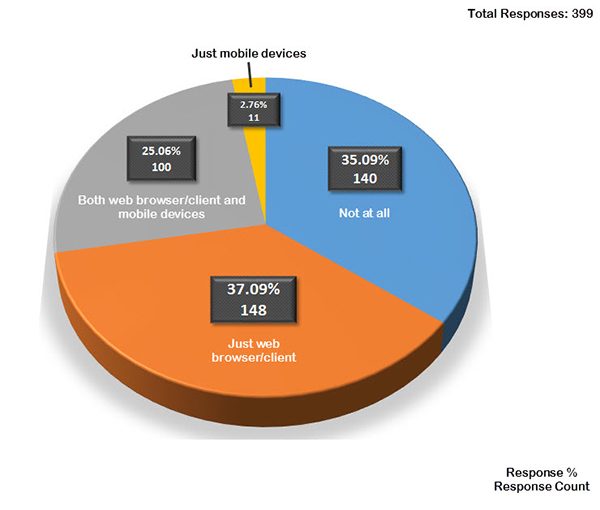
Remote access is one of the major components of the IIoT. And even though this capability has existed for quite some time, 35% of respondents suggested that they do not use it. Unfortunately, the survey didn’t explore the reasons why so many were not connecting remotely, but lack of network security and proprietary protocols are two possible suspects. For those who do use remote access, the majority of connections are done via a web server with 62.15% responding that they use this method at least all or part of the time. On the other hand, mobile users accounted for 27.85% of those surveyed. An interesting finding when you lump those not using remote access at all with those who just use web server connections, as seen in chart below, is that a whopping 72.18% do not use mobile technology. Once again security becomes a concern when implementing a mobile solution, but this area seems to have the greatest possibility for growth as the technology becomes more secure and accepted over time.
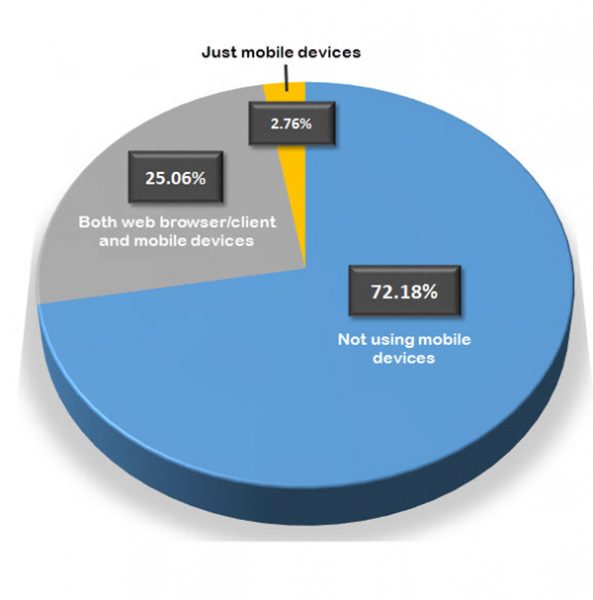
For those considering cellular remote access, read more about the benefits and challenges here.
Wrap it up…
So what do the survey results tell us? Well, I’ll give you my opinion but you are free to take a different stance. The IoT, the consumer world version of the IIoT, has many possibilities and could drastically change our everyday lives. As more and more devices become connected, more and more unheard-of data will be collected. For instance, using your phone to check if the eggs are low in the fridge, or if you left the garage doors open, or if your teenager is driving too fast. These advances are revolutionary, exciting and can provide everything you didn’t realize you wanted to know. But when you look at bringing the IoT into the industrial realm with the IIoT, there is less of a revolutionary impact when it comes to data gathering.
This survey showed that in the industrial world, data is and has always been important. With competitive advantage, profits, and ultimately survival at stake, system data isn’t want-to-know it has always been need-to-know. In industrial automation, sensors abound and PLCs have evolved over time to log the mountain of data they supply. With temperature being the most measured value, PLCs have become the primary choice for storing this data. When it comes to analyzing the data, many people still rely on the computing, sorting and graphing power that Excel provides. And the analysis is focused primarily on improving processes and preventing malfunctions.
So, how will the IIoT affect our industry? Hard to say for sure, but looking at this survey I would conclude that the IIoT will be more of an improvement than a revolution. Unlike the consumer side, the industrial world has always understood the importance of data, but new data collection tools like smart sensors, smart actuators, etc. will continue to be developed and improve the quality of data collected. With better data comes better analysis and new analysis software/methods are probably on the horizon. The one area I see with the most impact is the remote access side of the IIoT, especially in the mobile realm. Mobile is a new frontier that many have yet to explore but it also comes with inherent risks. Once the risks are accounted for, the conveniences provided by mobile are hard to ignore. I mean, who doesn’t want to check production status while waiting in the drive-through line, right?


